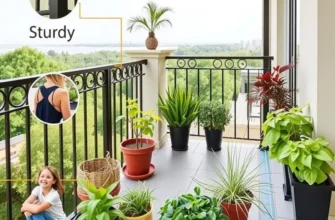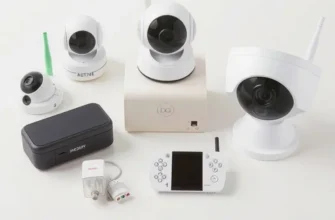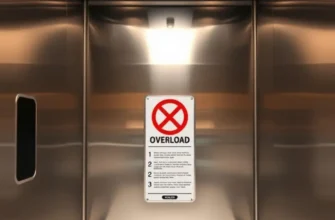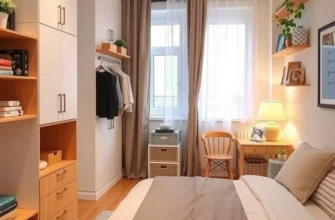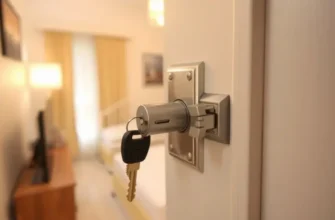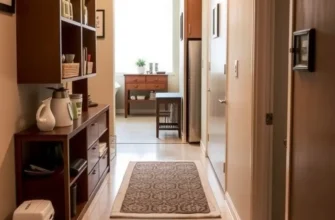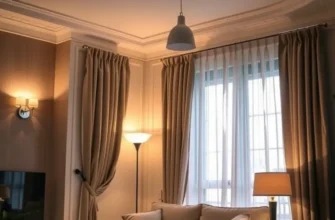Renting an apartment can be a delightful experience, especially for pet lovers. However, ensuring that your apartment is as safe as possible for your pets is essential. Whether you have a playful puppy or a curious cat, minimizing risks while creating a welcoming environment is key. From keeping harmful substances out of reach to ensuring the safety of windows and balconies, apartment pet safety encompasses many practical steps. With a few simple precautions, you can significantly enhance your pet’s safety, ensuring they feel secure in their home. This guide will dive into essential tips and solutions for renters, focusing on safety, security, and seamless maintenance that allow your pets to thrive in your apartment setting. Let’s create a worry-free living space for both you and your beloved companions.
Creating a Secure Environment
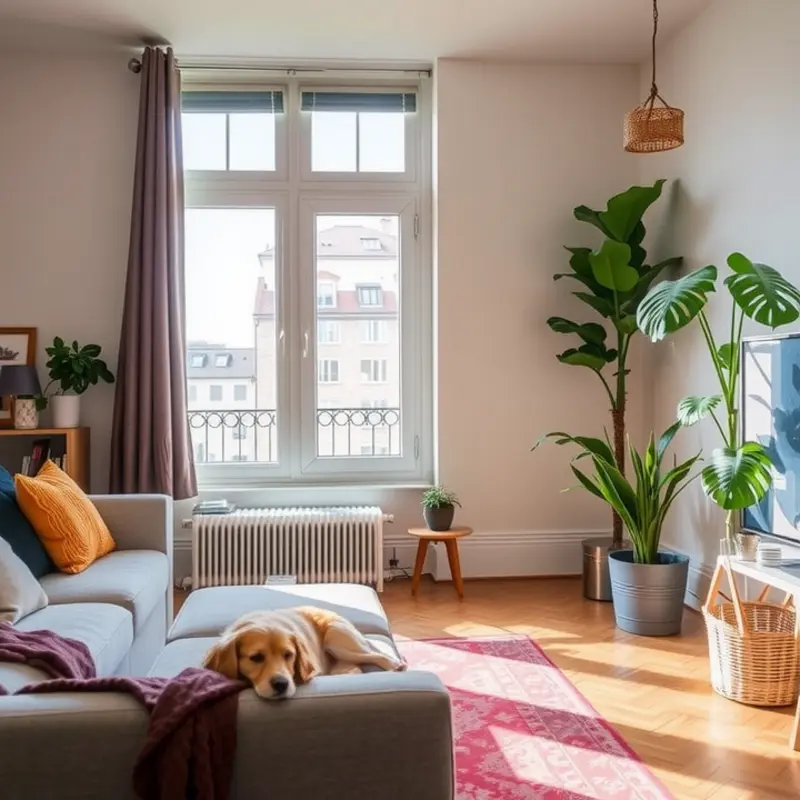
Transforming your apartment into a fortress of safety for your pets requires thoughtful planning and execution. Begin by assessing potential hazards on a room-by-room basis. This detailed inspection will illuminate risks you might overlook in your daily routines.
Invest in secure window screens to prevent curious pets from wandering into dangerous territories. Consider heavy-duty door stops to prevent accidental slams that might harm a paw or tail. Always keep windows closed or securely latched when not in use.
Ensure wires and cords are carefully concealed. Tidy them using cable covers or run them behind furniture to reduce the risk that your pet might chew on or tangle with them. You might find additional tips in our apartment and cable safety guide.
Household plants can also pose significant risks. Verify that your greenery isn’t toxic to animals. While vibrant flowers may enhance your decor, the potential risk to your pet should always take precedence over aesthetics.
When it comes to apartment maintenance, proactive approaches are essential. Regularly inspect for loose floorboards, which can create an uneven surface that may lead to injuries. Identify any small spaces where a pet might squeeze into and block these openings to prevent accidental entrapments.
If your apartment features a balcony, extra caution is warranted. Install protective netting or plexiglass to prevent accidents. Choose balcony furniture that won’t be easily knocked over by enthusiastic pets.
Pets can be notorious for testing boundaries. A flexible pet barrier can be a helpful tool to restrict access to certain areas. These partitions are especially useful in rented spaces where permanent fixtures aren’t an option.
Your apartment’s cleanliness is a fundamental aspect of creating a safe environment. Consider using non-toxic cleaning supplies to maintain a pet-friendly atmosphere. Hazardous residues from standard cleaners can endanger your pet’s health.
Fire safety is another critical consideration. Place smoke alarms within earshot of your main living spaces. Clearly mark escape routes and ensure that these areas are free from clutter, providing a clear path should an evacuation become necessary. Utilize heat-proof mats for kitchen countertops to prevent potential burns from freshly placed cookware.
Lastly, storing pet supplies like food and toys securely will help avoid unnecessary accidents. Utilize storage solutions that are both accessible and safe from your pet’s curiosity.
Ensuring comprehensive safety in a rented apartment might appear daunting. However, with actionable steps, your living space can become a sanctuary where both you and your pet thrive harmoniously.
Identifying and Preventing Hazards
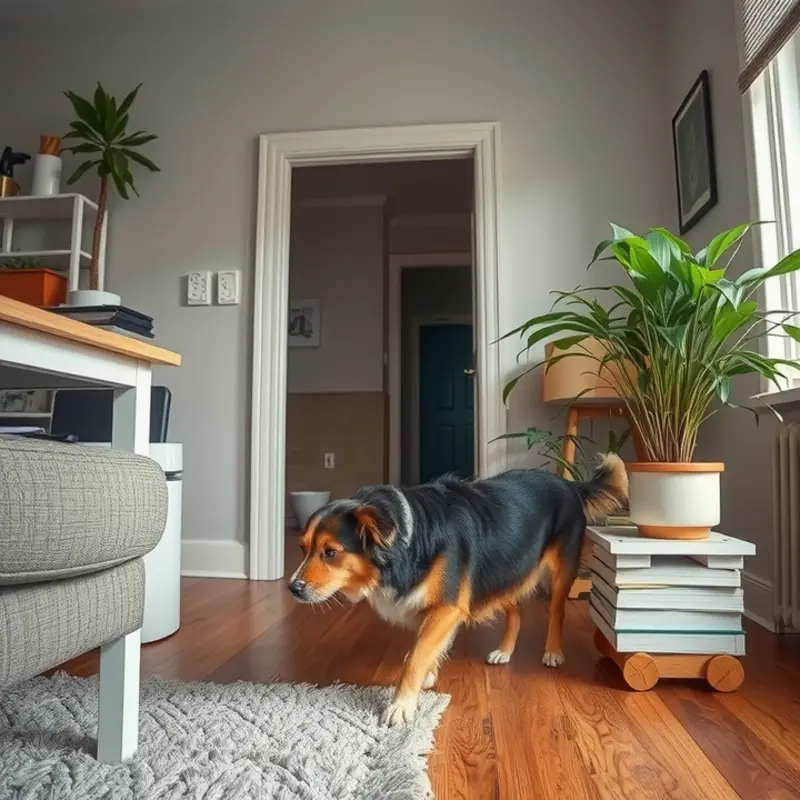
Establishing a safe environment for pets involves understanding the potential risks present in standard apartment settings. Recognizing these hazards proactively ensures peace of mind and a comfortable living space for your furry companions. Here, we explore common dangers and provide practical ways to mitigate them, securing your apartment as a true safe haven for pets.
Small objects pose a significant risk, especially to curious pets. Items like coins, rubber bands, and small toys can lead to choking incidents or intestinal blockages if ingested. Regularly scan your living area at pet-eye level to identify objects that might attract attention. By storing these items in secure locations or using storage solutions that are out of your pet’s reach, you minimize the risk considerably.
Toxic substances are another threat lurking in homes. Both plants and household cleaners often contain elements that are harmful to pets. Research your houseplants to ensure none are toxic and consider replacing them with pet-safe varieties. As for cleaning supplies, store them high in cabinets or use child-proof locks. Opt for pet-friendly cleaning products when possible, as they provide a safer alternative during routine maintenance tasks.
Electrical cords invite curiosity, particularly for kittens and puppies. Chewing on these cords not only causes damage but poses a severe electrocution hazard. Using cord protectors and housing cords behind furniture can deter pets. Behavioral deterrents like bitter sprays are an additional method to discourage chewing, ensuring cords remain unappealing.
The kitchen deserves particular attention. It’s the heart of food preparation, and thus, a focal point for potential hazards like hot surfaces, open bins, and dropped scraps. Install safety gates to restrict access during cooking and use pet-proof trash bins that prevent tipping. Training reinforced with positive reinforcement techniques can help teach pets to avoid the kitchen when unsupervised.
Windows and balconies are tempting to curious pets who love nature and fresh air. Invest in screen guards or barriers to prevent pets from slipping through open windows or gaps in balcony railings. For added safety, always supervise your pet on balconies, even if it’s secured.
Bedrooms and living rooms hide more hazards than one might assume. Loose strings from blinds, unsecured shelving, or open closets can become safety issues. Ensure that cords from blinds and shades are secured tightly. Anchor heavier furniture to walls to mitigate the risk of accidental tipping, especially if you have climbers like cats.
Ultimately, aware pet owners are the best preventers of accidents. Regularly assess your living environment as your pet grows and their habits evolve. If you’re interested in more ways to adapt your living space for pets, consider visiting this guide on pet-friendly apartment furniture hacks. Transforming hazards into safe zones ensures both you and your pet can enjoy your apartment to the fullest.
Final words
Creating a safe apartment environment for your pets not only alleviates worries but also enhances your overall living experience. By incorporating practical safety measures and swiftly addressing potential hazards, you foster a comforting home for your furry companions. Always stay observant and proactive about your pet’s safety, and don’t hesitate to make improvements as needed. Remember, a secure apartment leads to happy pets and peace of mind. Embrace your role as a responsible pet owner and enjoy the joy your dog or cat brings to your rented abode.


